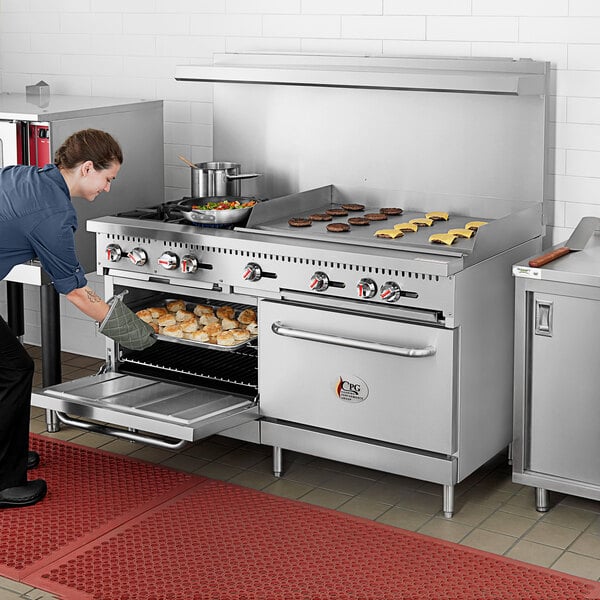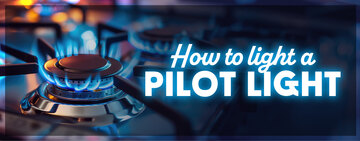Selecting the best commercial range ensures efficiency and quality in a professional kitchen. The type of range you choose impacts energy usage, cooking speed, and versatility, making it vital to consider your establishment's needs. Understanding the differences between induction, gas, and electric ranges helps you identify the best option to match your cooking style, available infrastructure, and operational goals.
Induction vs Electric Range
Induction ranges use electromagnetic technology to heat cookware directly, offering fast heat-up times and precise temperature control. They are highly energy-efficient and keep kitchen environments cooler by reducing excess heat. However, induction ranges require compatible cookware and may cost more upfront. Electric ranges, while slower to heat, are generally more affordable and provide consistent performance for low-to-moderate cooking needs. They also eliminate the need for gas connections, making them suitable for kitchens without gas infrastructure.
Gas vs Electric Range
Gas ranges provide unparalleled control over heat intensity and are favored for quick responsiveness. They're ideal for high-heat tasks, such as searing or stir-frying. Additionally, gas ranges remain functional during power outages, making them a reliable choice in areas with unstable electricity. Electric ranges, however, excel in even heat distribution and are often easier to clean. They also eliminate the need for ventilation systems required for gas appliances, making them more versatile in smaller spaces.
Induction vs Gas Range
When comparing induction and gas ranges, precision and energy efficiency are distinct advantages of induction technology. Induction offers faster cooking times, cooler kitchen conditions, and lower energy costs, making it an excellent choice for environmentally conscious kitchens. Gas ranges, on the other hand, provide a classic cooking experience with unmatched flexibility for different cookware types. They also excel in high-heat applications, appealing to chefs who need immediate control over flame intensity. The decision depends on whether you prioritize speed and efficiency or versatility and traditional cooking methods.
Back to Top 










